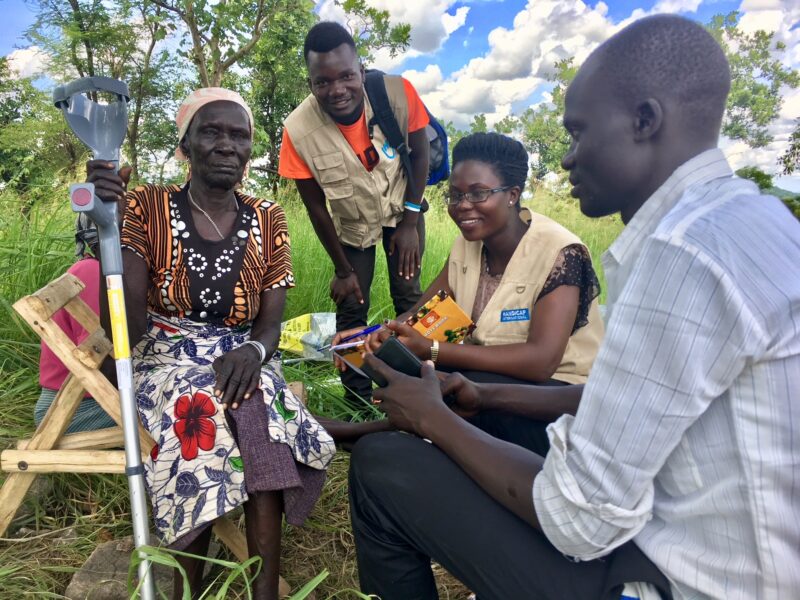Trialing 3D Printed Bespoke Orthotics to Refugees with Humanity and Inclusion

HI community health workers in Uganda interacting with a walking aids user
The civil war in South Sudan has caused over 3.5 million people to flee the country and seek refuge in neighbouring countries. Many people who escape from South Sudan end up in the refugee camps in the northern region of Uganda. Due to personal circumstances and the violent nature of the war, severe musculoskeletal injuries, traumas and amputations are unfortunately common among many refugees. People with physical disabilities, often face additional difficulties in their lives within a refugee camp due to access problems, social exclusion and isolation.
Providing much-needed rehabilitation and orthotics services to people with disabilities who live in refugee camps it’s extremely challenging due to lack of resources, the absence of orthopaedics workshops and unavailability of trained personnel. Humanity & Inclusion is an NGO with over three decades of experience providing assistance to people with disabilities in refugee camps, disaster relief and conflict situations. Over the last three years, they have been investigating the potential of using a combination of 3D scanning and 3D printing to provide customised prosthetics and orthotics devices in areas of West Africa which are hard to reach due to geographical conditions or conflict situations and the results have been very successful so far(see more about the project here).
As part of the AT2030 programme, Humanity & Inclusion started a new project in April 2019 to test the feasibility of extending this new digital manufacturing approach to provide bespoke orthotics devices across three refugee settlements which are located in North West Uganda. GDI Hub has partnered with Humanity & Inclusion to support them with the research components of the project, to ensure that robust evidence is collected and analysed across all sites. The long term goal of this project is to create digital manufacturing hubs across the region that can support better provision of bespoke prosthetic and orthotic devices to people who live in refugee camps in the East African region.